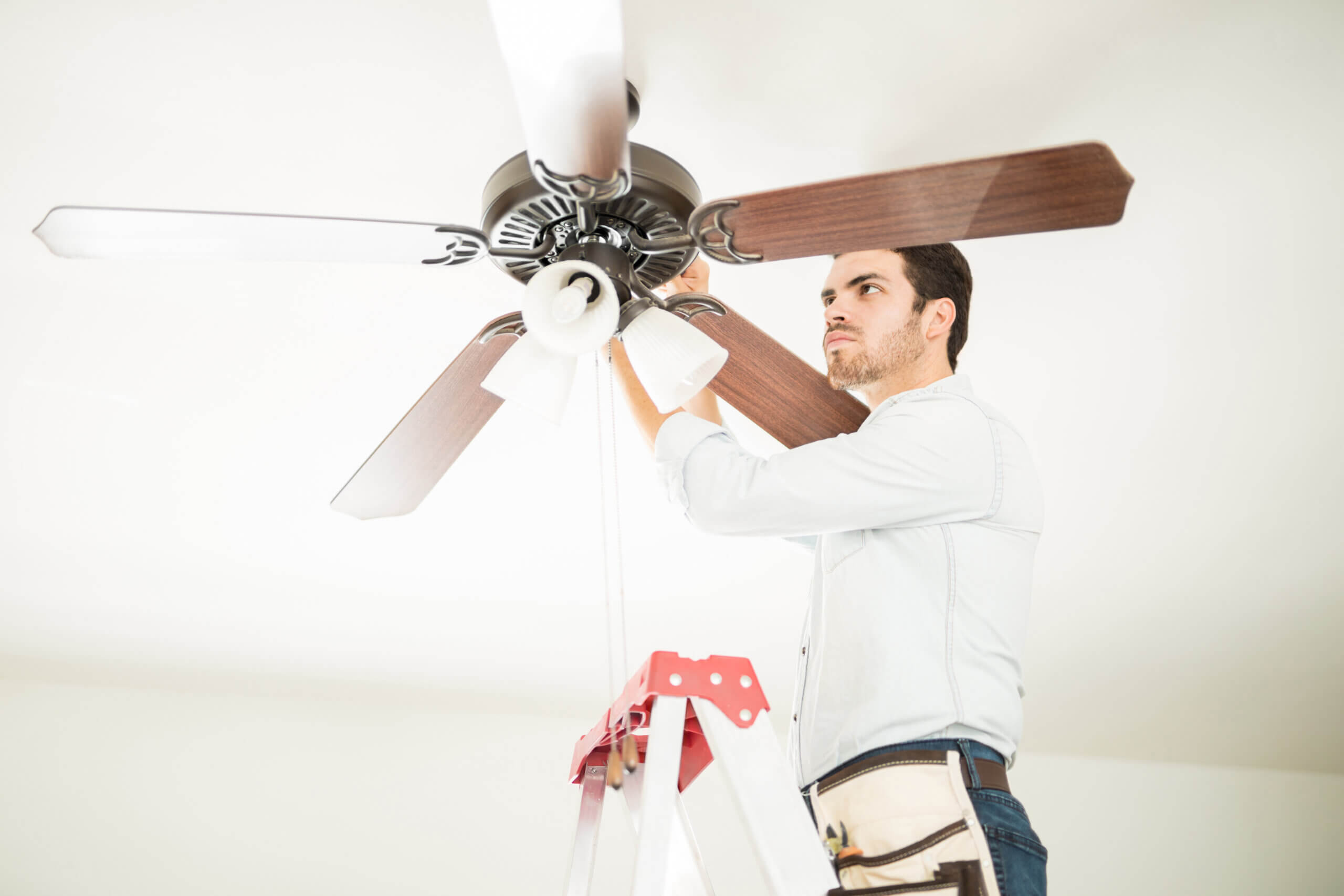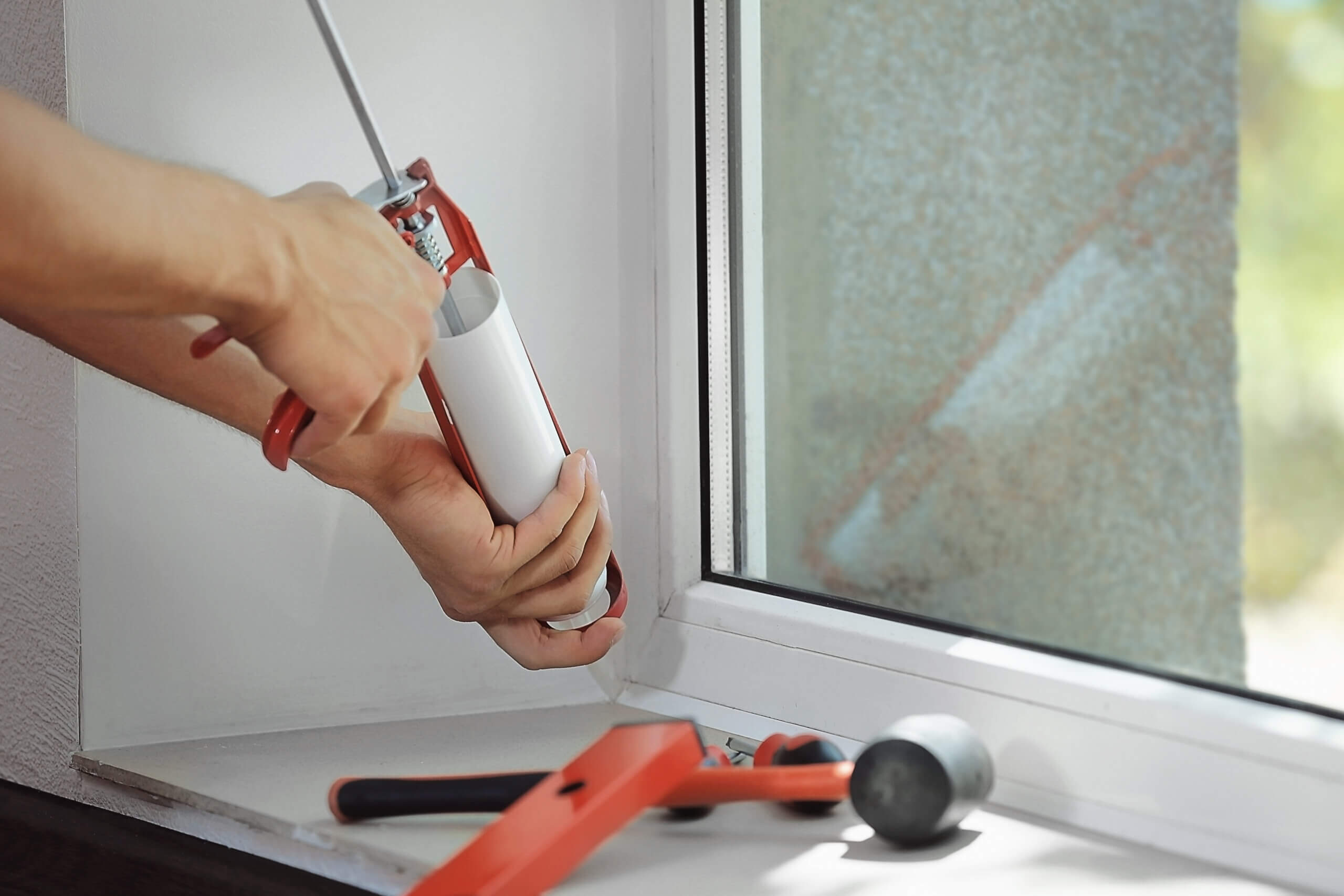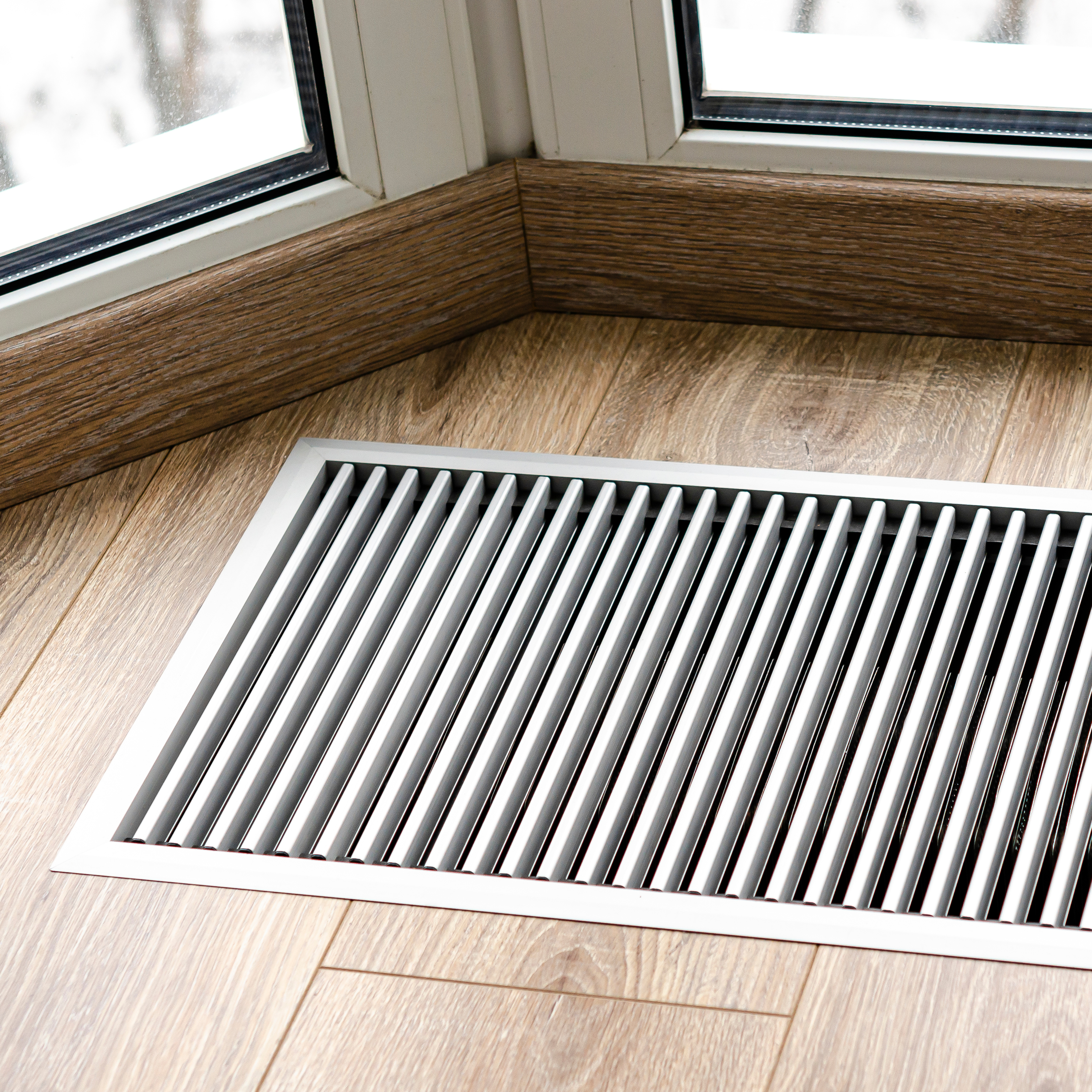Sure, there are more effective options for saving on your energy bill, like installing energy-efficient windows or upgrading your attic insulation. However, those upgrades might not be in the budget just yet.
Here are some inexpensive energy efficiency tips for winter weather that will help keep your energy bills down and make for a more comfortable living space during the cold months ahead.
Change out the furnace filter for a clean and efficient filter.
Although this is a task that should do every 60-90 days depending on if you have pets, at the very least, you need to change out your air filter before starting up your furnace.
When your filter is dirty, your heating/cooling system works twice as hard to compensate for the increasingly blocked airflow. This means you might be paying more than necessary and putting wear and tear on your furnace.
Some people like to buy their filters in bulk to get a discount and store them in a closet, but in general, you can expect to pay around $5-$20 per filter.
Clear up vent obstructions.
Moving over to the other end of the HVAC system, make sure your vents are clear.
Having your thermostat cranked up to keep you warm only to block off the vent with a dresser is very inefficient.
Clear away all furniture or other obstructions from vents to make it easier for your furnace to do its job. Now the furnace won’t have to work as hard to keep your home comfortable.
Bundle up your floors with a rug.

If your home has hardwood flooring or tile throughout then, you know how cold that floor can be on your feet. Tile floors are cold!
Keep that cold air at bay by putting down a throw rug or a runner. You can even use a larger rug or carpet in the space where you spend the most time, such as your family room.
Throwing down a rug will not only keep your feet warmer but will also keep your home warmer. These are relatively inexpensive as well as they’ll set you back around $30-$50.
Change your ceiling fans.

This one is a total freebie in terms of time and money and one of the best energy efficiency tips for winter. Did you know that most ceiling fans are bi-directional? This means they can push air up or down, and it’s as easy as flipping a switch.
As you’re well aware, warm air rises. Find the small switch on the side of the ceiling fan to make it turn clockwise, which will send the warm air collecting near the ceiling down to your level.
You’ll be more comfortable and keep refrain from keeping the furnace from working harder to do the job.
Hire a chimney sweep to clean out the chimney.
Something often overlooked, but a clean chimney can save a lot of energy when burning wood fires.
With a dirty chimney, your fire cannot get the airflow to achieve maximum performance. The logs may not wholly burn, and soot may flow back into your house. Additionally, it’s dangerous. The creosote that builds up in the chimney is highly flammable and can ignite with a single spark.
Be safe and energy-efficient by getting your chimney swept before you start burning the logs.
Add in weather stripping and caulking around windows and doors.

You will be amazed at how much a small draft can affect your home’s temperature, thus making your furnace work much harder.
Go around your home and find areas that you feel a slight breeze coming in and patch it up with caulking or weatherstripping – whichever is necessary. It may be windows, doors, or even the dryer vent that needs to be caulked or weather-stripped.
Both cost as low as $5-$10 but go a long way in saving on your energy bill.
Open up the blinds during the day and close them at night.
While it might be cold outside, the sun still provides a lot of warmth. That warmth can be harnessed and used throughout your home.
On a sunny day, open up your curtains and blinds to let that warm light in. This will heat your windows and other surfaces throughout your home, making your home just a bit warmer. This results in your furnace not having to work as hard to keep your home warm and your energy bills reduced.
However, on cloudy days and at night, make sure your window treatments are closed. This prevents the cold air from getting into your home and the warm air from escaping.
If you already have window treatments, this is a free tip, but if you have to go through your home and install drapes and blinds, that can get costly.
Insulate the hot water pipes in your home.
Installing a tankless water heater is one of the biggest energy savers you can do, but it can be expensive, so it didn’t make our list. However, keeping the water warm from the heater to the point of use is cheap and easy.
Insulate exposed hot water pipes or pex to keep the water warm to the faucet. This will keep your water heater from having to work harder to keep the water warm for your shower.
As you can see, there are plenty of easy ways to save energy in the winter. The best part is that most of these energy efficiency tips for winter don’t even require considerable upfront investment; only some time and effort on your end and maybe a few bucks.
And while it might seem like a slight difference now, think about how much money you’ll be saving throughout the entirety of winter.

